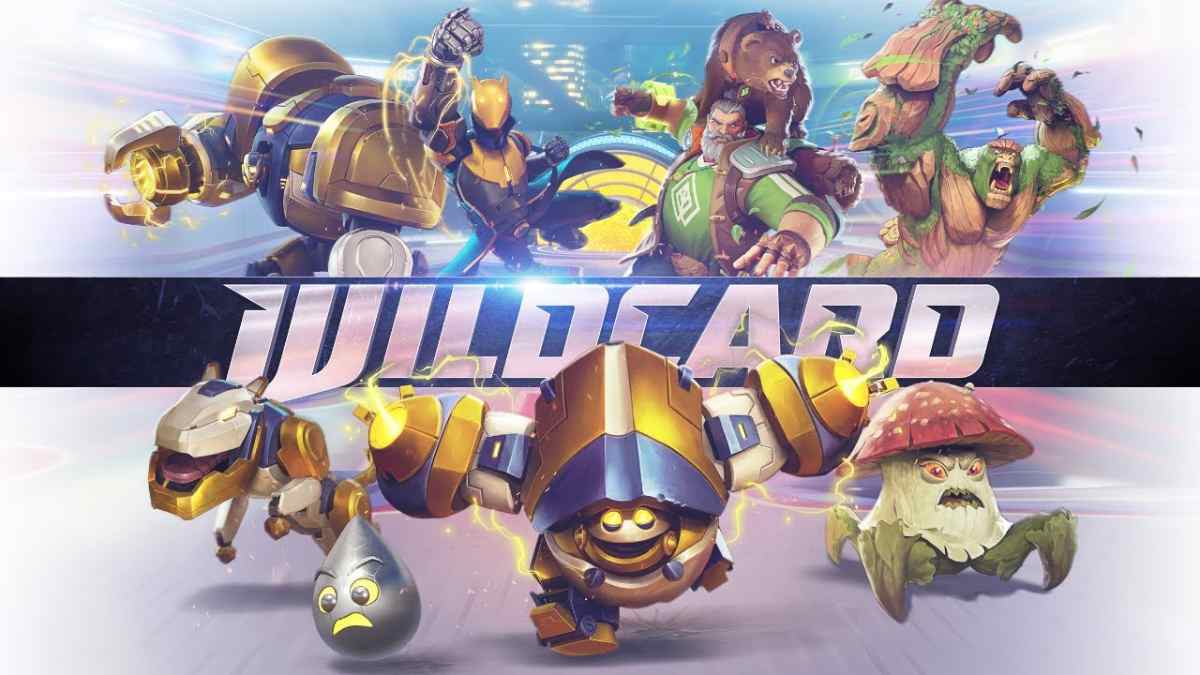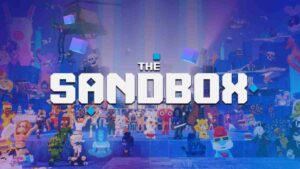Wildcard isn’t just building a game. It’s constructing a full ecosystem where players, spectators, and streamers overlap inside a real-time competitive arena format. With $9 million in fresh funding secured, the project now has the capital to push both the core game and its broader Web3 infrastructure forward.
The raise is being positioned not just as a development boost, but as a way to solidify Wildcard’s identity as a spectator-first title with built-in blockchain mechanics and creator monetization tools.
Competitive gameplay with MOBA and card battler DNA
At its core, Wildcard combines elements of MOBA structure with collectible card game mechanics. Players deploy units in real time, using pre-built decks to influence battlefield outcomes in a hybrid of tactics and reflex.
Unlike lane-focused MOBAs, Wildcard’s matches unfold in more open arenas, where unit positioning and timing take priority over map control. The cards drive unit deployment and skill use, while the real-time pacing forces constant adaptation. It’s a mashup that’s been attempted before, but rarely with this level of focus on competitive readability.
Web3 layers tie into ownership and progression
The blockchain side isn’t front-loaded, but it’s tightly woven into how the Wildcard ecosystem works. Cards, characters, and cosmetics are all on-chain assets, with ownership giving players direct access to trade and value mechanics.
What stands out here is the emphasis on utility over speculation. Assets are meant to evolve through use, gain value through participation, and unlock ecosystem privileges beyond just in-match effects. It’s not just about holding—it’s about showing up.
Streaming is built into the platform
Where most Web3 games treat streaming as an afterthought, Wildcard puts it at the center. The platform is being designed so that watching, hosting, and interacting with matches is just as central as playing them.
The idea is to blend community and gameplay more tightly, letting creators monetize not just content but in-game participation. Whether that ends up working as intended depends on execution, but it marks a clear shift away from Web3’s early solo-play focus.
What the funding enables next
With the new capital, the team plans to grow its development bandwidth, onboard more players into alpha phases, and ramp up the streaming infrastructure that connects gameplay with social engagement.
The runway now exists to build beyond the core game loop and lean harder into the community-driven economy model. If it hits, Wildcard could stand out not just as a Web3 title, but as one of the first that makes streaming a mechanic, not just a marketing channel.
Positioning in the current Web3 space
Most blockchain games are still figuring out how to bridge gameplay and utility. Wildcard is trying to do both at once while anchoring it in a genre—competitive arena games—that already thrives on engagement and meta churn.
What sets it apart right now isn’t just the mix of game types. It’s the integration of creator tools, spectator value, and live action that could make the Web3 angle feel less isolated and more native to the experience.
Web3 Analyst & Play Blockchain Games Guide
CryptoKit breaks down Web3 gaming like it’s second nature. From tokenomics to airdrop strategies, she turns blockchain chaos into clear, actionable advice for players who want to win more than XP.




